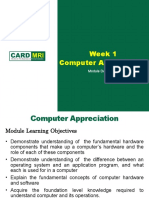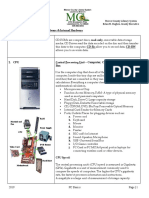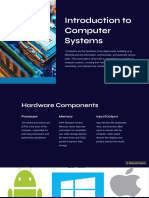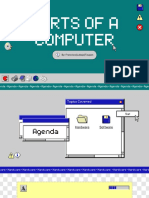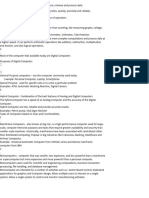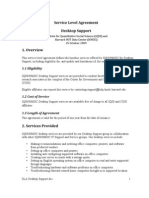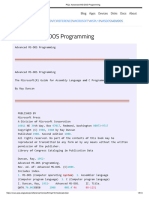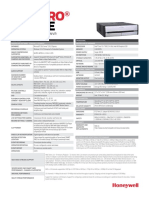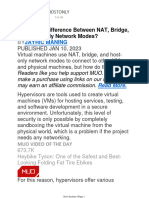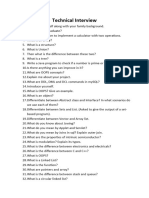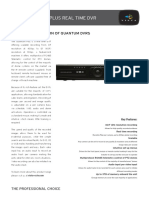0% found this document useful (0 votes)
14 views10 pagesBasic Computer Concepts
The document provides an overview of basic computer concepts, defining a computer as an electronic device that processes data and produces output. It outlines the five key components of a computer: input devices, CPU, memory, output devices, and storage devices, explaining their functions and importance. Additionally, it emphasizes the significance of understanding these components to effectively use and troubleshoot computers.
Uploaded by
Cesar Suralta CianoCopyright
© © All Rights Reserved
We take content rights seriously. If you suspect this is your content, claim it here.
Available Formats
Download as PPTX, PDF, TXT or read online on Scribd
0% found this document useful (0 votes)
14 views10 pagesBasic Computer Concepts
The document provides an overview of basic computer concepts, defining a computer as an electronic device that processes data and produces output. It outlines the five key components of a computer: input devices, CPU, memory, output devices, and storage devices, explaining their functions and importance. Additionally, it emphasizes the significance of understanding these components to effectively use and troubleshoot computers.
Uploaded by
Cesar Suralta CianoCopyright
© © All Rights Reserved
We take content rights seriously. If you suspect this is your content, claim it here.
Available Formats
Download as PPTX, PDF, TXT or read online on Scribd
/ 10





















